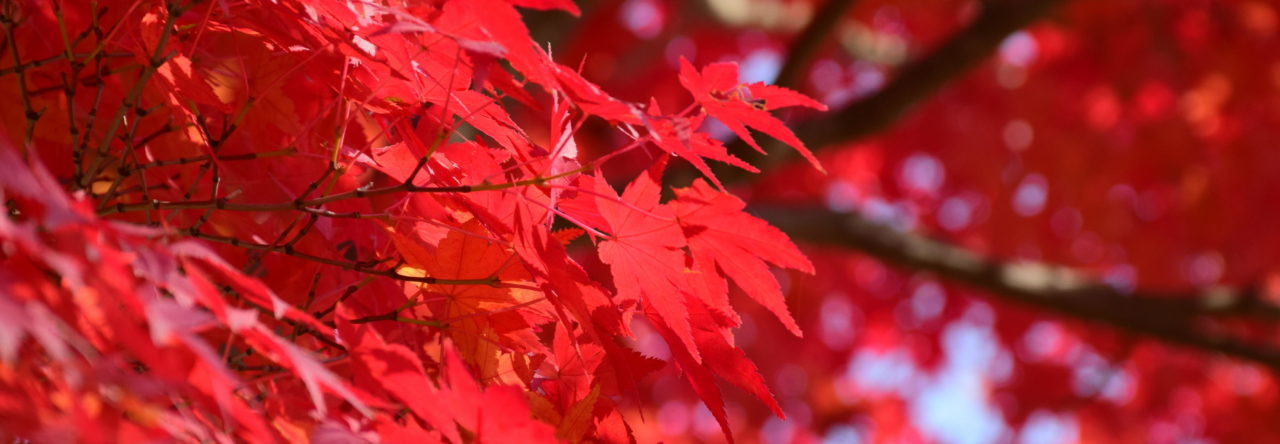Part 1 – Introduction
With this series of articles, I would like to address a certain dissatisfaction with the common debates one sees online regarding koryū, kata training and sparring or what is called “aliveness.” These are typically framed in very binary ways, something I find incongruent with both my own experience of practice, my understanding of the history of koryū in general, and Yagyū Shinkage Ryū Heihō (YSR) in specific.
- This part will be an introduction to the argument I am addressing, the terms with which I will address it, a very general look at the history of shiai in classical Japanese martial traditions, and some of my own conclusions and speculations.
- Part 2 will be an examination of the appearance of shiai in the early historical record of YSR. Fortunately, the historical record is relatively well-preserved, and has been printed in a number of different modern sources.
- Part 3 will look at the modern (post-Meiji) history of shiai in YSR.
- Finally, in Part 4, I would like to present the YSR approach to kata and free training, specifically through the lens of what we call the “shiai-seihō,” or “shiai-gata.” I’ll note that this material is adapted from private presentations I’ve made elsewhere.
